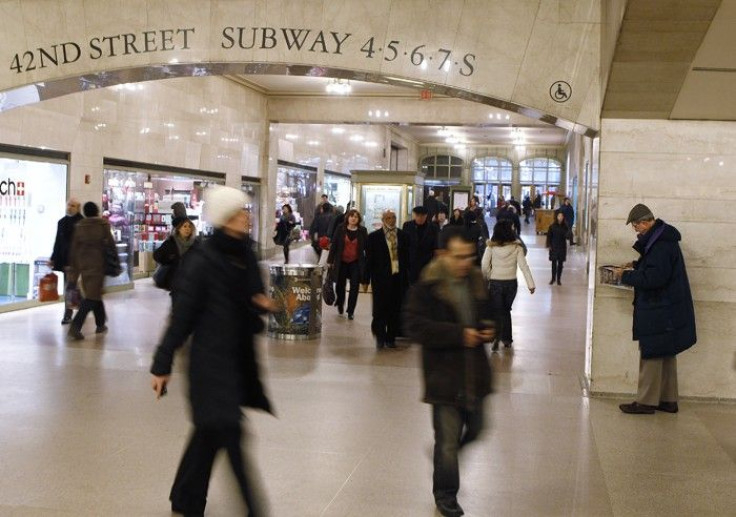Manhattan loses jobs as outer boroughs grow: study

Manhattan lost nearly 110,000 jobs from 2000 to 2009 while its outer boroughs were gaining jobs, thanks to the growth of two sectors, education and healthcare, a think tank's report said on Wednesday.
New York City's five boroughs include Manhattan. During the years from 2000 to 2009, the outer borough of Staten Island added 4,045 jobs, while Queens gained 11,584 positions, the Bronx picked up 16,557 jobs, and Brooklyn increased employment by 35,010, according to the report from the Center for an Urban Future, a Manhattan-based think tank.
Yet the public transit system has failed to keep up with the need for new commuting links between the boroughs and within them, the report said.
New York City's subway lines were built decades ago, often to serve people who wished to travel to and from Manhattan. Transit advocates often criticize the outer borough bus services for not providing adequate service to residents.
A spokesman for the Metropolitan Transportation Authority of New York, which runs the city's bus, subway and commuter lines, had no immediate comment on the study. The two new subway lines being built are a north-south link on Manhattan's East Side and an extension of a Times Square line in midtown.
As Manhattan apartments and offices are still quite expensive, though prices have fallen from their peak before the financial crash in 2008, the outer boroughs, most notably Brooklyn, have become magnets for hipsters, immigrants and families. This in turn has fueled demand for shops and restaurants.
The number of Staten Islanders who commute to work within their own borough leaped 32 percent from 1990 to 2008, while the number of this borough's residents who travel to jobs in Brooklyn or New Jersey rose by 22 percent, the study said.
Similarly, the number of Bronx commuters who work in Queens or Westchester County, which lies just of The Bronx, jumped 38 percent. But only 13 percent more people traveled from The Bronx to Manhattan, according to the study.
Despite the fact that transit ridership patterns have been shifting, with more people working in the boroughs, the Metropolitan Transportation Authority and New York City Department of Transportation have not made the investments necessary to keep up with these trends, the report said.
The study concludes the biggest losers in all this have been New York City's working poor, it added.
(Reporting by Joan Gralla; Editing by Jan Paschal)
© Copyright Thomson Reuters 2024. All rights reserved.











